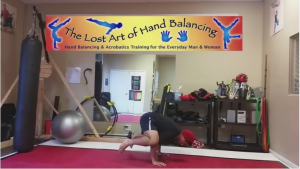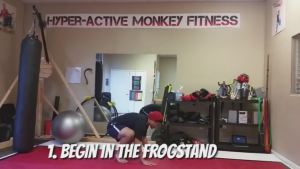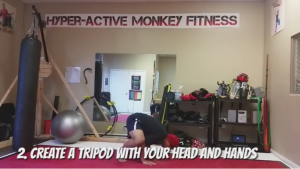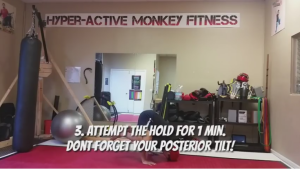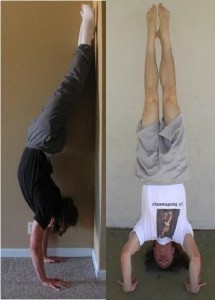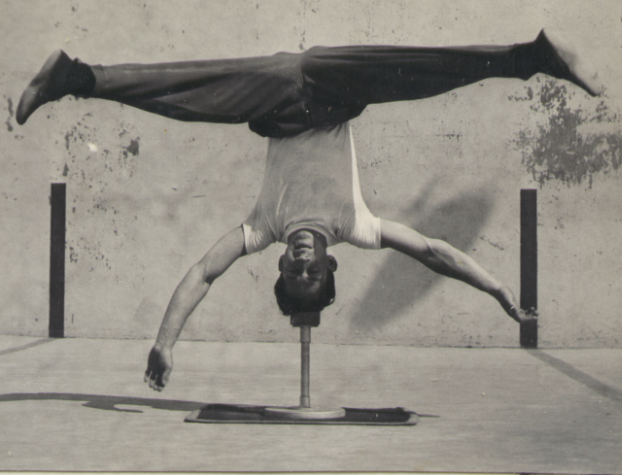Here is the first official tip post of 2016 for LAOHB! Today we are going over the Frogstand. Specifically, we are going to take a look at a nice regression you can use to help build the stabilizers necessary to keep you balanced, while you are in this position!
First you want to Begin in the Frogstand Position. Make sure that you are gripping the floor tightly with your fingers and that you have as much surface space that you can rest you legs on!
Second, carefully let the crown of your head rest on the floor as you drive your hips up. Reposition your legs if necessary to gain a stronger position.
Finally attempt to hold the position for at least one minute while you keep your back aligned with a posterior tilt.
An added benefit of this modified position is that you can use it to drive up into your headstand!
Look below to see the entire tip!
If you want to delve deeper into your hand balance training, go to Handstand Mastery!
Stay Inverted!
-Coach Jon

